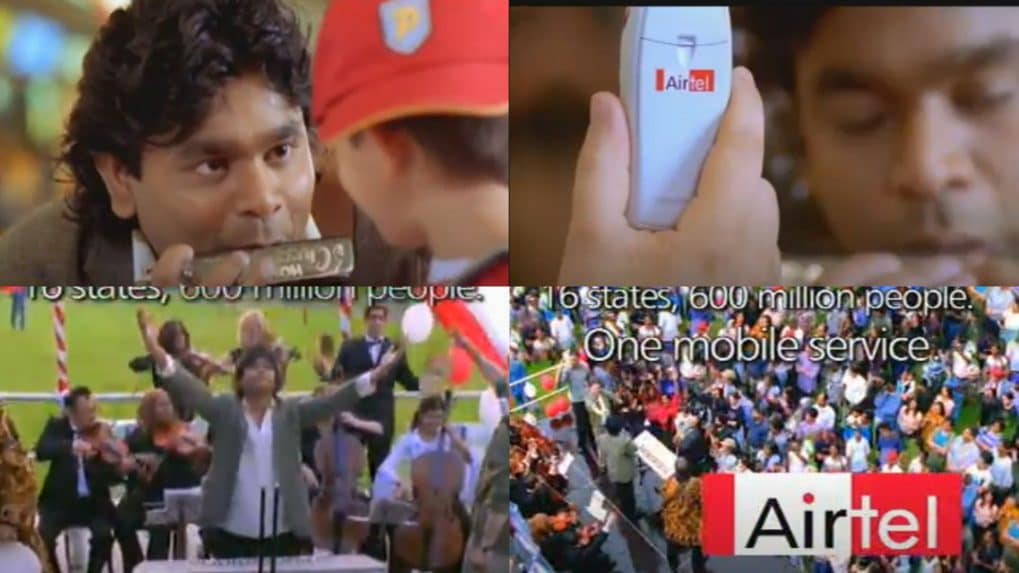Digital
Why OpenAI is hiring 100 ex-bankers: Inside the ChatGPT-maker's secret project to automate Wall Street's grunt work

A.R. Rahman—celebrated as the “Mozart of Madras”—is seen walking through an airport when he spots a despondent boy. On impulse, he picks up the child's harmonica (mouth organ) and begins playing an enchanting melody. Captivated, Rahman calls his music producer using his Airtel-connected phone. The producer responds with a thumbs-up—followed by the prompt, “Do you want to add something more?”
As the ad unfolds, Rahman travels through London in a limousine, refining the tune further. He spots a flautist and a percussionist playing on the street, invites them into the car, and they instantly start jamming. The melody gains momentum, and when he drives by a park, he leaps out to conduct a symphony orchestra playing there. With that, the melody blossoms into a full-fledged composition—recorded over his Airtel phone by the sound engineer back home.
The ad, released in 2002, was met with widespread acclaim and has since achieved cult status.
Genesis
In the early 2000s, India’s telecom sector was still emerging.
Sandeep Goyal, managing director at Rediffusion, told Storyboard18 that marketing telecom services presents a unique challenge: because these services are intangible, consumers cannot literally “wrap their arms around” the product—making it difficult to perceive its differentiation or superiority.
Rediffusion Y&R served as Airtel’s creative agency for 15 years until 2010, when the mandate shifted to JWT (now VML).
The campaign team—including Sandeep Goyal, Diwan Arun Nanda (Chairman), Rajesh Aggarwal, and Gullu Sen (National Creative Director and Vice‑President)—worked closely with the clients—Sunil Bharti Mittal (Founder and Chairman, Bharti Enterprises), Rajan Bharti Mittal (Vice Chairman and Managing Director, Bharti Enterprises), and Hemant Sachdev (then Chief Marketing Officer)—to deliver exceptional results. It was Sen’s outstanding ideation, visualization, and scripting that truly elevated the campaign and brought its most compelling creative expression to life.
Through consumer research, the agency discovered that sound clarity was the most crucial indicator of perceived quality. Airtel then tasked them with leveraging sound clarity to convey both brand differentiation and service superiority, especially in a product space marked by parity.
To bring this vision to life, music maestro Rahman was brought on board to headline the ad film—his first appearance in a commercial. Initially hesitant due to his shy nature and commitments to the Bombay Dreams musical in London, he eventually agreed to participate. A media report noted that Sachdev and Sen traveled to London to persuade Rahman, assuring him he would simply play himself and not portray any character. Rahman, also known as the “Mozart of Madras,” suggested involving a celebrity in the film and retaining control over the tune’s composition. In turn, the brand expressed full confidence in his involvement.
The report also stated that Airtel wanted its brand to resonate through sound and achieve Pan‑India reach. Hence, the tagline "Live Every Moment" was born upon its release—emphasizing the idea that owning a mobile phone equated to “living every moment.” Produced by filmmaker Rajeev Menon and shot in London, the ad overcame challenges such as unexpected rain with creative solutions, resulting in a seamless and impactful final piece.
Upon release, the ad generated significant buzz, increased brand visibility, and delivered strong results. Media reports highlighted that Airtel’s top‑of‑mind recall among consumers rose from 73 percent to 78 percent.
Rahman’s signature tune became iconic, eventually becoming the world’s most downloaded mobile music, with over 150 million downloads. Built around the Carnatic raga Sankarabharanam and featuring a simple five‑note pattern, the tune became instantly recognizable across India.
Reflecting on the campaign, Goyal later remarked, “Sunil [Bharti Mittal] was so enchanted by the ad that he sanctioned a huge media spend. The ad became highly visible. And famous. The rest is history.”
In a wide-ranging interview with Storyboard18, Sorrell delivers his frankest assessment yet of how the deal will redefine creativity, media, and talent across markets.